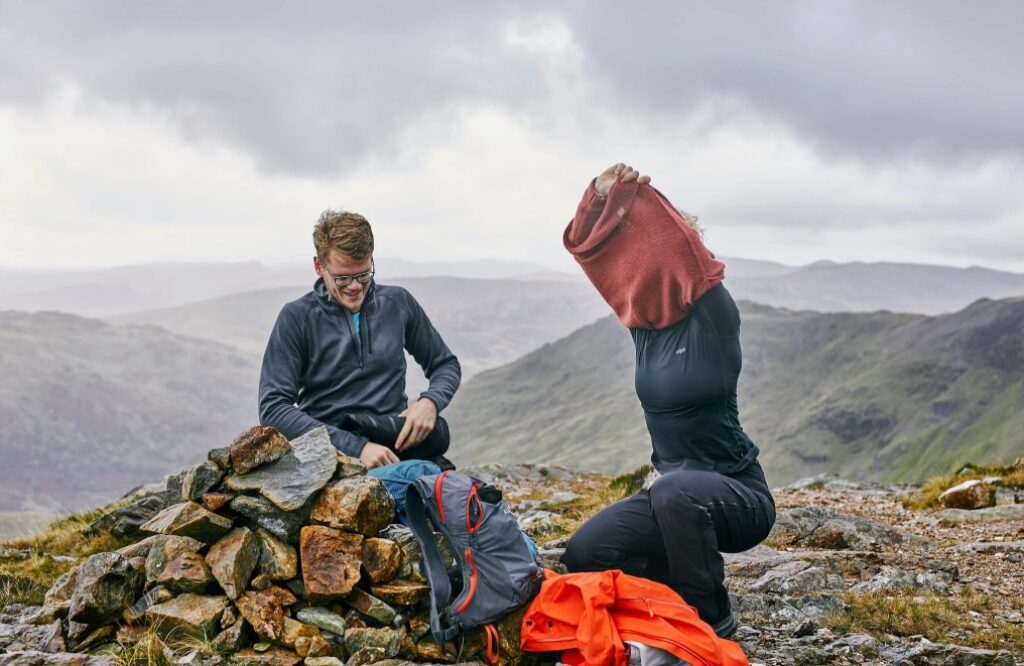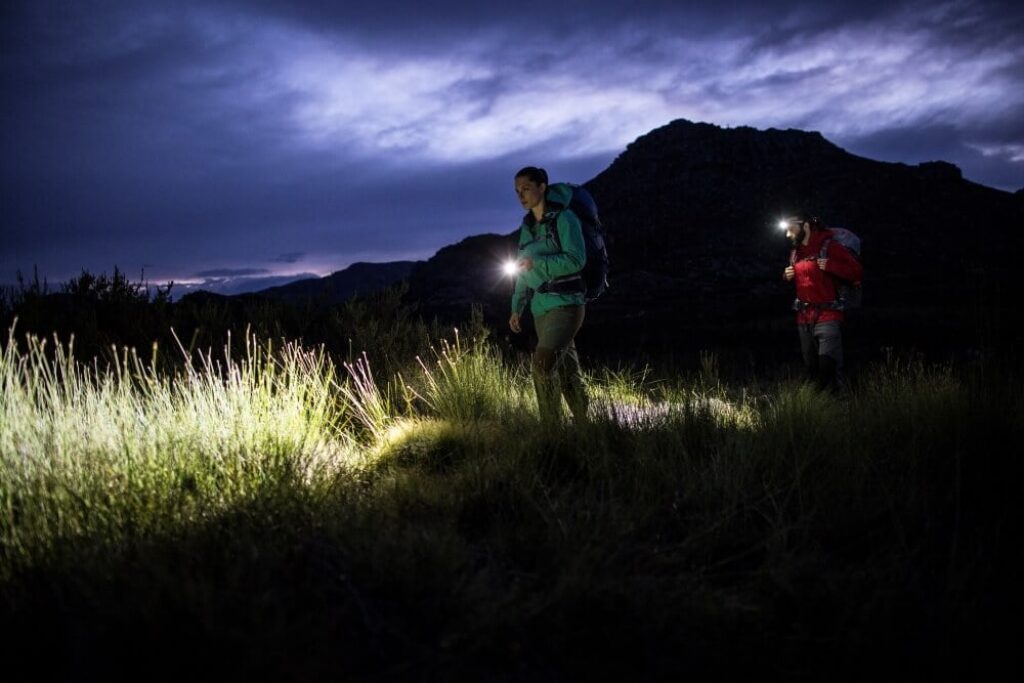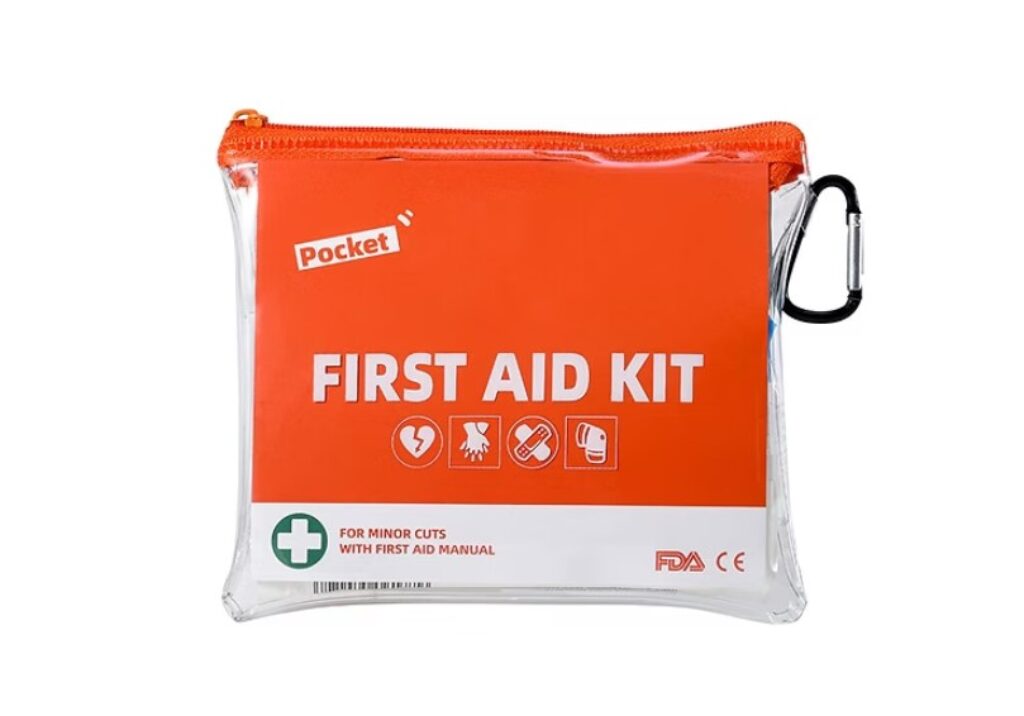
Yosemite is breathtaking, but its beauty demands respect. Rugged trails, sudden weather shifts, and long distances mean you’ll need more than enthusiasm to finish safely. A thoughtfully prepared packing checklist ensures you have the essentials for comfort, hydration, and emergencies, without weighing yourself down.
This guide walks you through the items seasoned hikers rely on, with suggestions tailored to Yosemite’s unique conditions.
Table of Contents
Quick Packing Checklist
- Layered clothing (base layer, insulation, waterproof shell)
- Durable hiking boots and moisture-wicking socks
- Trekking poles for steep climbs and descents
- First aid kit with personal medications
- Map, compass, and offline GPS navigation
- Hydration bladder plus water filter or tablets
- High-energy trail snacks and electrolyte packets
- Whistle, headlamp, and spare batteries
- Bear-proof canister for food storage
- Emergency gear (fire starter, satellite communicator if possible)
1. Clothing Layers for Shifting Conditions
Yosemite weather often changes quickly, especially at higher altitudes. A morning start can be cool, midday sun intense, and evening hikes chilly again. Layering ensures you adapt without carrying heavy extras.
- Base layer: Moisture-wicking shirts and leggings keep sweat away.
- Insulation: A fleece or lightweight down jacket holds warmth when temperatures dip.
- Outer shell: A waterproof and windproof jacket shields you from sudden rain or alpine winds.
- Accessories: A brimmed hat, gloves, and a buff or bandana give flexibility against sun, cold, or dust.
This system prevents overheating, protects against storms, and helps you move steadily in Yosemite’s varied terrain.

Source: alpkit.com
2. Footwear for Demanding Trails
Your feet bear the brunt of Yosemite’s rugged trails. Long climbs, granite surfaces, and steep descents demand supportive footwear.
- Hiking boots: Waterproof, ankle-supportive, and already broken in.
- Trail socks: Merino wool socks reduce friction and regulate temperature. Pack an extra dry pair.
- Gaiters: Useful for keeping grit, sand, or small stones out of your boots.
Good footwear prevents blisters and injuries. It also helps conserve energy on long, uneven trails where poor support quickly translates into knee and hip strain.
3. Trekking Poles for Extra Stability
Steep inclines and rocky descents are part of Yosemite’s toughest hikes. Trekking poles provide stability, reduce pressure on knees, and give balance on narrow ridges.
- Adjustable poles fit different terrain.
- Rubber tips help on granite; carbide tips work on dirt.
- Straps let you maintain grip without tiring your hands.
Poles aren’t just for older hikers, they’re a smart tool for anyone carrying a heavy pack or tackling Yosemite’s notorious elevation gains.
4. Safety Essentials and First Aid
Safety gear is vital for hikes that stretch beyond comfort zones. Even short day trips can involve sprains, cuts, or dehydration. A dependable first aid kit is non-negotiable.
Be cautious about grabbing cheap first aid kits. They often look complete but lack durable supplies. A well-stocked kit should include bandages, antiseptic wipes, blister pads, and pain relief. Add your personal medications to cover unique needs.
Having these essentials means you can treat small issues before they escalate into trip-ending problems.
5. Navigation Tools and Trail Awareness
Cell service in Yosemite is unreliable, so paper and digital backups are critical. Carry more than one navigation method:
- A topographic map of the park.
- A compass, with the knowledge of how to use it.
- A GPS device or a phone with offline maps downloaded.
Check official Yosemite trail reports before setting out, rivers, snowmelt, or fire activity often close routes. Having tools and preparation together gives you confidence to manage detours without panic.
6. Hydration and Food Strategy
Proper hydration and steady fuel intake are crucial at high elevation. Relying on streams without treatment is risky, so plan carefully.
| Item | Why It Matters | Notes |
| Hydration Bladder (2–3L) | Easy sipping while moving | Keeps you drinking steadily |
| Water Filter or Tablets | Prevents waterborne illness | Pack lightweight backups |
| Electrolyte Mix | Replaces salts lost to sweat | Single-serve packets are best |
| Trail Snacks | Nuts, jerky, dried fruit, energy bars | Dense calories, easy to carry |
Small, frequent snacks keep your energy level consistent and help prevent altitude fatigue.
7. Whistle, Headlamp, and Backup Light
Hikes often run longer than planned, and visibility drops quickly once the sun sets behind granite walls.
- Whistle: Lightweight and essential for signaling if separated.
- Headlamp: Reliable beam plus spare batteries for evening treks.
- Backup light: A small flashlight in case your headlamp fails.
Even well-prepared hikers may end up walking in dusk or dark, and being visible and equipped makes all the difference.

Source: ledlenser.com
8. Bear-Proof Food Storage
Wildlife is part of Yosemite’s ecosystem, and food storage is tightly regulated.
- Bear canister: Required on most backcountry trails, designed to resist claws and force.
- Odor-proof bags: Add another layer for snacks and trash.
- Cooking gear: Lightweight stove with minimal-smell foods to reduce attraction.
Following park rules protects not only you but also the bears, preventing human-wildlife conflicts that often end badly for animals.
9. Emergency Gear for the Unexpected
Even if your hike goes as planned, having emergency gear gives peace of mind.
- Fire Starter: Waterproof matches or a lighter.
- Satellite Communicator or Personal Locator Beacon (PLB): Critical for remote trails without cell service.
- Emergency Blanket: Packs small, provides warmth if stranded.
These are lightweight but powerful backups. Yosemite’s wilderness is unforgiving, and having redundancy ensures one mistake doesn’t become a crisis.
10. Weather Awareness and Seasonal Adjustments
Conditions in Yosemite differ drastically by season. Summer brings heat and crowded trails, while spring can hold snow at higher elevations. Always adapt your checklist to the time of year.
- Summer ─ Extra water, sunscreen, and insect repellent.
- Spring/Fall ─ Warmer layers, microspikes for icy paths.
- Winter (for experts) ─ Avalanche awareness gear, snowshoes, insulated clothing.
A quick look at the park’s forecast before you head out saves frustration and risk. Nature is beautiful, but it doesn’t negotiate; your packing list must flex with the calendar.
It’s tempting to carry “just in case” items, but too much weight slows you down. A good rule is to keep your backpack under 20–25% of your body weight. Test it at home: load everything, walk for an hour, and adjust before the real hike. Comfort and efficiency often come from leaving behind extras that won’t serve you on the trail.
Final Thoughts
Packing for Yosemite’s challenging hikes isn’t about filling every pocket, it’s about balance. Carry enough to stay safe, nourished, and adaptable, but not so much that your gear becomes a burden. Start with core essentials: layered clothing, dependable navigation, hydration strategies, and a trustworthy first aid kit. Add in wildlife protection, emergency communication, and seasonal adjustments.
With preparation, you’ll step onto Yosemite’s trails confident and ready. The journey may test your endurance, but with the right packing checklist, you can focus less on worry and more on the granite cliffs, towering pines, and the quiet awe of wilderness that makes Yosemite unforgettable.








